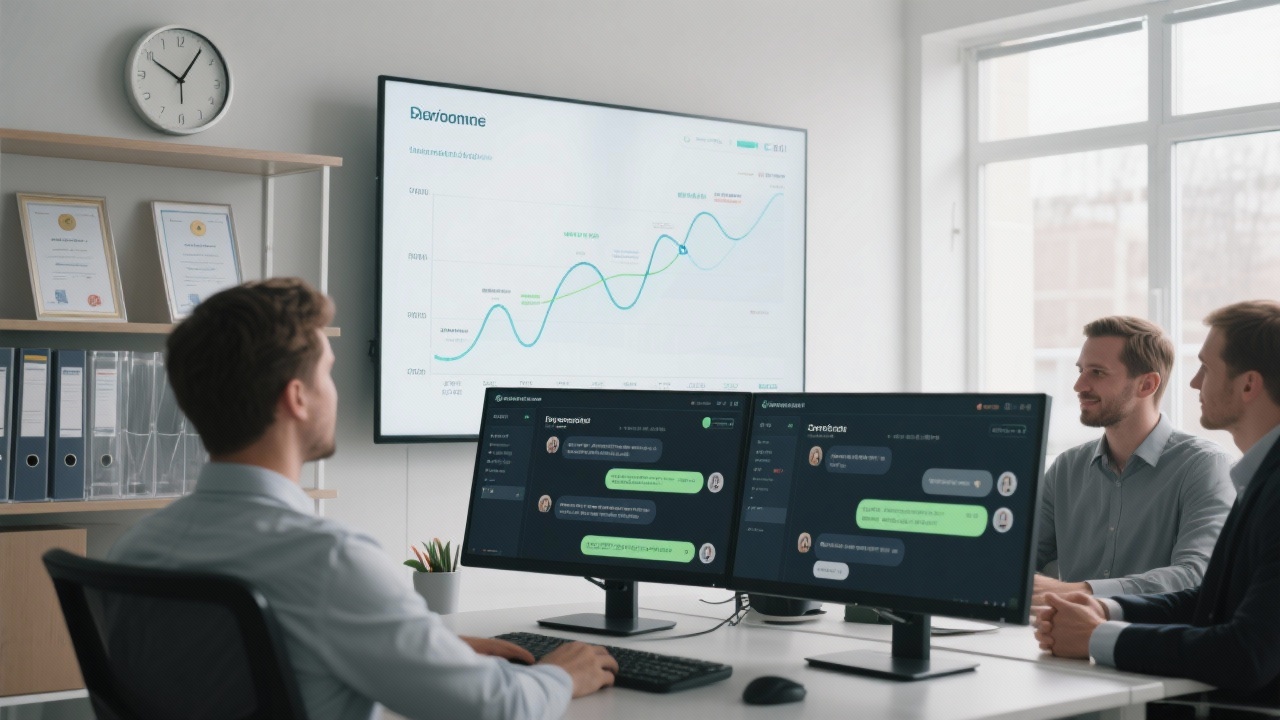
In today’s globalized market, establishing a robust multilingual B2B web presence is no longer a luxury but a necessity. Leveraging intelligent website-building platforms capable of deploying over 47 languages, businesses can now access international audiences seamlessly. However, creating a multilingual site cluster requires more than mere translation—it demands a strategic, SEO-driven approach that adapts to local search behaviors and language nuances.
Modern smart building platforms enable scalable creation of localized sites that respect linguistic, cultural, and commercial diversities. Industry data indicates that companies deploying such platforms experience up to a 45% faster go-to-market timeline compared to traditional development methods. These platforms typically come with automated language tagging, hreflang support, and seamless integrations with local search engines, accelerating indexing and boosting visibility worldwide.
A well-designed multilingual cluster differentiates between independent domains, subdomains, or subdirectories based on market priorities and SEO objectives. Crucially, keyword research must be hyper-localized: using native language search intent data to identify high-traffic terms while avoiding literal, mechanical translations. For example, B2B buyers in Germany frequently use compound search terms with product attributes, demanding tailored keyword lists beyond direct English equivalents.
| Market | Search Volume Range | Top Keyword Type |
|---|---|---|
| United States (English) | 10k–100k/month | Generic + Brand + Solution-Oriented |
| Germany (German) | 5k–50k/month | Long-tail + Compound Descriptors |
| Brazil (Portuguese) | 3k–30k/month | Local Product Variations + Usage Context |
Deploying a multilingual site without strategic search engine submission can delay indexing by weeks, costing valuable traffic opportunities. Automated submission protocols to local engines (e.g., Baidu, Yandex) combined with real-time crawl feedback loops enable marketers to adapt sitemap structures and metadata rapidly. This iterative optimization shortens the average time-to-rank by approximately 30%, based on sector benchmarks.

Numerical studies highlight that purely machine-translated content leads to a 60% higher bounce rate on localized B2B sites. Leveraging AI-powered content optimization tools with human linguistic review balances scalability with fidelity. Effective content respects idiomatic expressions, technical jargon, and cultural references, thus enhancing user experience and dwell time. Incorporating auto-optimization cycles aligned with search algorithm updates further ensures content freshness and relevance.

An international machinery supplier employing a 47-language site cluster recorded a 75% uplift in organic visits within 6 months, driven by rigorous keyword tailoring and internal link structuring mindset that ensured strategic context paths across languages. Noteworthy was their approach to mitigating duplicate content penalties by canonical tag deployments and content variation techniques across the cluster.
Utilization of specialized multilingual SEO platforms like Semrush Language Insights and Ahrefs' Country Explorer are critical for data-driven decisions. Common pitfalls include keyword stuffing in non-native languages, ignoring hreflang tag errors, and failing to monitor local SERP fluctuations. Proactive schema markup implementation and structured data enhance snippet visibility, contributing to a 20–25% uplift in click-through rates.

High-value long-tail keywords aligned with industry jargon and local user intent improve conversion quality significantly. For instance, targeting phrases like "stainless steel industrial valves manufacturer in Spain" rather than generic terms yielded a 40% higher qualified lead conversion in localized campaigns.
Continuous analysis through AI-powered dashboards flags underperforming pages with actionable insights on bounce, average session duration, and keyword rankings. This empowers marketers to pivot strategies rapidly, accommodating search algorithm shifts and emerging market trends. On average, companies adopting automated SEO feedback mechanisms recorded a 1.7x faster recovery from ranking dips, safeguarding sustained organic growth.
Experience the power of smart website builders designed to deploy multilingual B2B site clusters rapidly while optimizing for local search engines and buyer behaviors. Discover how to implement a precision-driven multilingual SEO strategy that elevates your brand’s global visibility and accelerates inbound qualified traffic today.
.png?x-oss-process=image/resize,h_100,m_lfit/format,webp)
.png?x-oss-process=image/resize,h_100,m_lfit/format,webp)

.png?x-oss-process=image/resize,h_100,m_lfit/format,webp)
.png?x-oss-process=image/resize,h_100,m_lfit/format,webp)
.png?x-oss-process=image/resize,h_100,m_lfit/format,webp)
.png?x-oss-process=image/resize,h_100,m_lfit/format,webp)
